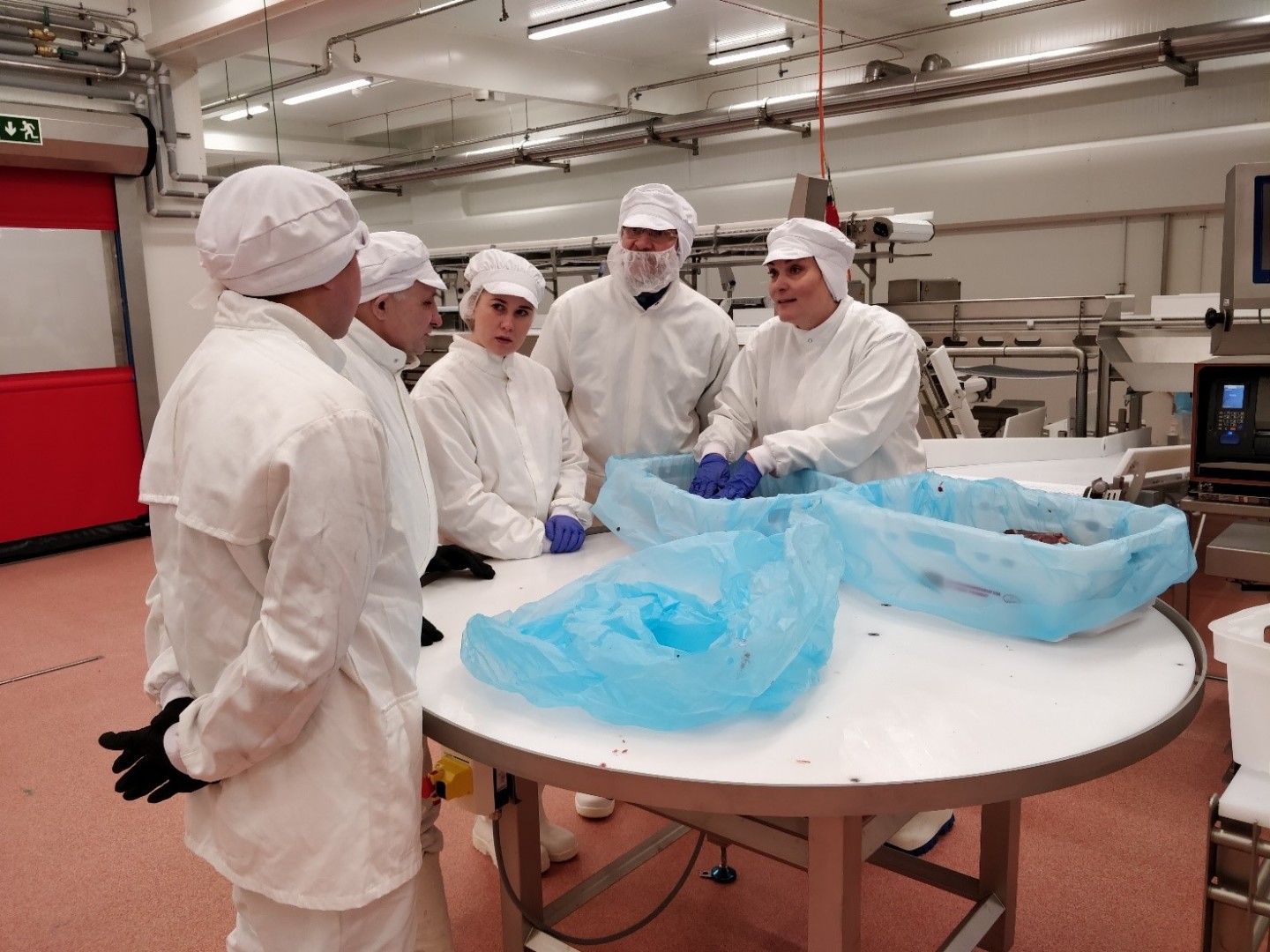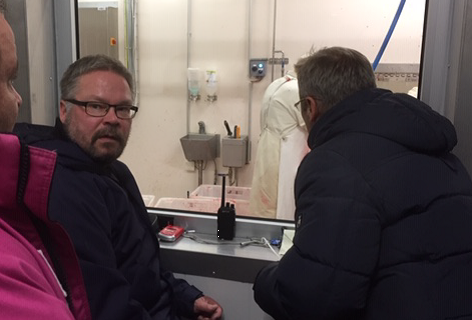Reindeer is an animal living today on most parts of Kolarctic region in its natural environment. Here reindeer meat is both local food and a luxury product. The demand for it exceeds the supply in Finland, and there is almost nothing left to export – whereas in Russia the populations of reindeer are big. The reindeer in Russia live in endless forests, rich of lichen, mushrooms and other food.
Reindeer is a good choice for those who choose not to eat animals grown in cages. The markets in Europe, outside the Kolarctic CBC programme region, are promising. In Finland, there is expertise in exporting meat products. Export of Russian reindeer meat overseas is still relatively small. Project Reindeer Meat – Quality High works on utilising these facts, for the best of all.
Export from Russia to Europe requires the registration of the company in TRACES (Trade Control and Expert System) maintained by the European Commission. As far as reindeer is concerned, getting a TRACES registration involves numerous requirements for the whole procedure of getting the reindeer from the forest to the market.
This is where the project  Reindeer Meat – Quality High Intervenes. One central example of the actions is a training session for a group of staff of Russian slaughterhouses. The first one of these was arranged in Rovaniemi in February 2020. The training focused first on not reindeer, but the worker: working clothing and occupational safety. Next focus was on hygiene. Then is was about cutting meat. The new production plant of Lapin Nahka Ltd offered good premises for this kind of training. Like the procedure of meat handling in general, also the training ended up in packing the products and monitoring the next phases of the production chain.
Reindeer Meat – Quality High Intervenes. One central example of the actions is a training session for a group of staff of Russian slaughterhouses. The first one of these was arranged in Rovaniemi in February 2020. The training focused first on not reindeer, but the worker: working clothing and occupational safety. Next focus was on hygiene. Then is was about cutting meat. The new production plant of Lapin Nahka Ltd offered good premises for this kind of training. Like the procedure of meat handling in general, also the training ended up in packing the products and monitoring the next phases of the production chain.
The first training session could be carried out short before the traveling restrictions related to the corona-virus. The training was only one example of getting familiarised with the reindeer meat production in the two countries. The project participants have visited some slaughterhouses and meat production plants also in Russia, some of which are remote and not easily accessible from Finland, and some of which already have a TRACES registration. So, besides cross border cooperation, the Russian organisations have had the possibility to exchange experiences and knowledge.

Harri Pokka (left) and Jarkko Pohtila are the experts of reindeer meat handling. During their visit inIzhemski Olenevod & Co they saw a well working procedure. Sergey Gabov (right) was their interpreter.


